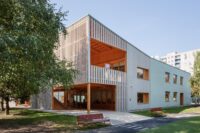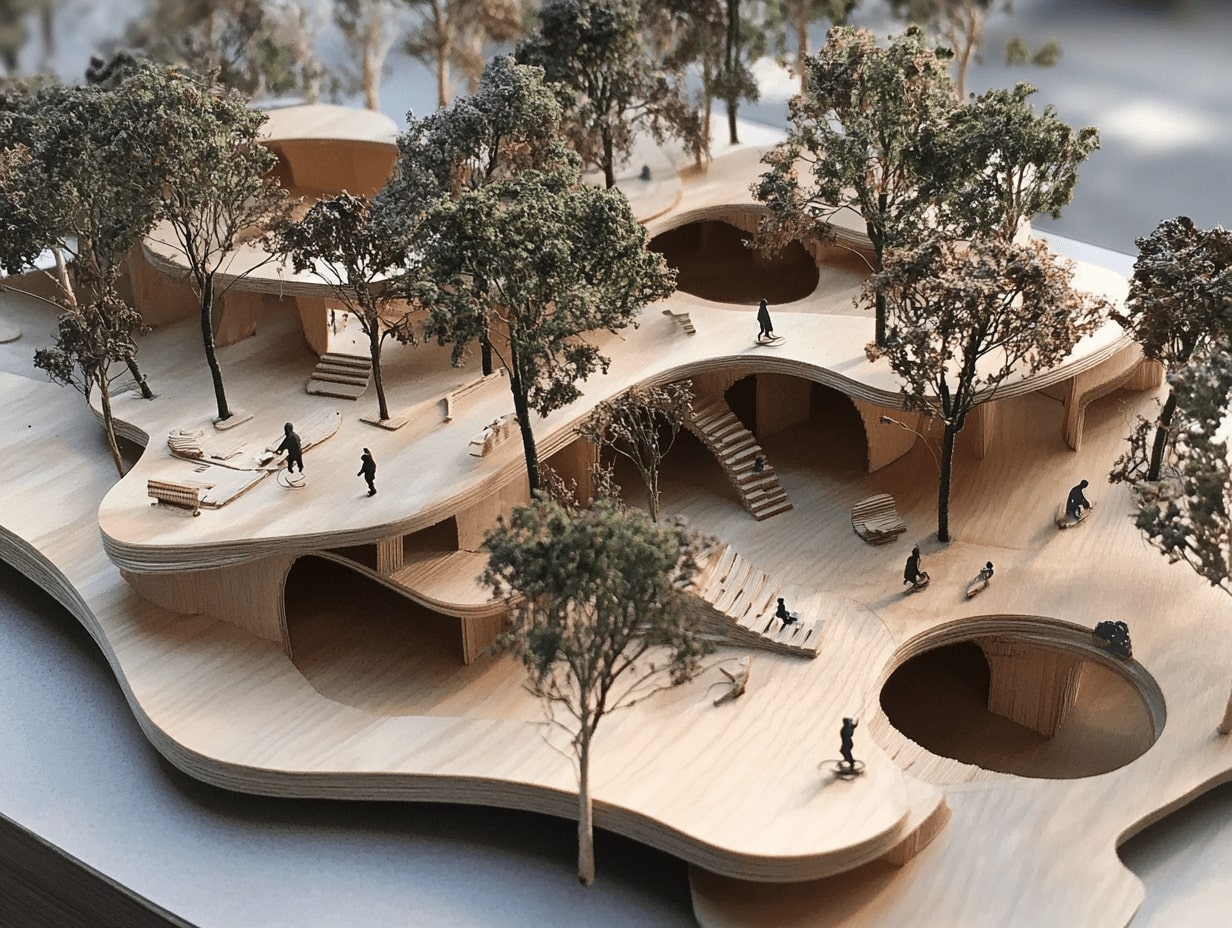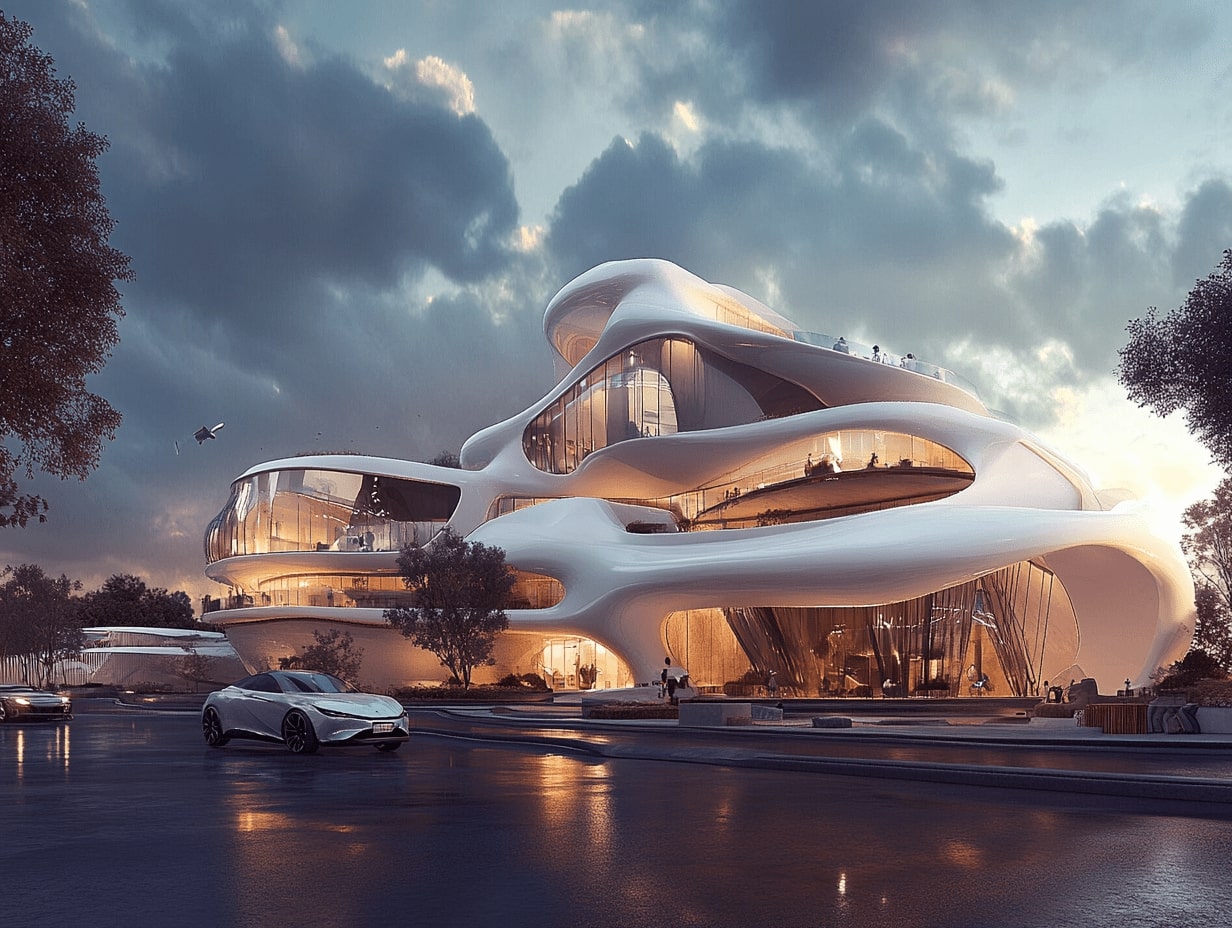- Home
- Articles
- Architectural Portfolio
- Architectral Presentation
- Inspirational Stories
- Architecture News
- Visualization
- BIM Industry
- Facade Design
- Parametric Design
- Career
- Landscape Architecture
- Construction
- Artificial Intelligence
- Sketching
- Design Softwares
- Diagrams
- Writing
- Architectural Tips
- Sustainability
- Courses
- Concept
- Technology
- History & Heritage
- Future of Architecture
- Guides & How-To
- Art & Culture
- Projects
- Interior Design
- Competitions
- Jobs
- Store
- Tools
- More
- Home
- Articles
- Architectural Portfolio
- Architectral Presentation
- Inspirational Stories
- Architecture News
- Visualization
- BIM Industry
- Facade Design
- Parametric Design
- Career
- Landscape Architecture
- Construction
- Artificial Intelligence
- Sketching
- Design Softwares
- Diagrams
- Writing
- Architectural Tips
- Sustainability
- Courses
- Concept
- Technology
- History & Heritage
- Future of Architecture
- Guides & How-To
- Art & Culture
- Projects
- Interior Design
- Competitions
- Jobs
- Store
- Tools
- More
Discover How to Find Architectural Inspiration: Tips for Creative Design
Discover how to ignite your architectural creativity by drawing inspiration from your surroundings. From observing urban landscapes and natural environments to studying historical and modern marvels, this article provides insights into blending cultural influences, artistic disciplines, and digital resources.

Finding architectural inspiration can feel like an adventure, leading us to explore unexpected places and ideas. Whether we’re seasoned architects or enthusiastic amateurs, the world around us offers a treasure trove of creative sparks. From the intricate patterns of nature to the bold lines of modern urban landscapes, inspiration is all around if we know where to look.
We often overlook the everyday environments that surround us, yet they hold the potential to ignite our imagination. By observing the interplay of light and shadow or the harmony in a seemingly chaotic street scene, we can discover new perspectives. As we embark on this journey, we’ll uncover how to harness these elements to fuel our architectural creativity, transforming ordinary moments into extraordinary designs.
Let’s dive into the myriad ways we can cultivate our creative vision, drawing from the world’s rich tapestry to inspire our next architectural masterpiece.

Table of Contents
ToggleUnderstanding Architectural Inspiration
Architectural inspiration involves recognizing and interpreting various elements that contribute to innovative design. When we analyze structures, historical buildings often provide rich insights into architectural evolution. These buildings showcase a blend of styles and functions that can inform contemporary design practice.
Natural environments also offer diverse sources of inspiration. By examining the interplay of colors, structures, and forms in nature, we can draw parallels that translate into architectural concepts. For instance, the organization of tree branches and the texture of leaves may influence patterns or façade designs.
Cultural contexts shape architectural inspiration as well. When we explore different cultures’ architectural practices, we gain exposure to unique design principles and aesthetic values. This exploration can significantly enrich our creative palette, allowing us to incorporate various cultural elements into our designs.
Material innovation impacts architectural inspiration. As we discover new materials, they often lead to breakthroughs in design possibilities, expanding the range of structures we can create. Innovative materials challenge traditional notions and encourage us to reimagine function and form.
Understanding these diverse sources of architectural inspiration allows us to continually evolve our design approach, blending historical insights, natural elements, cultural influences, and material innovations into our creative process.
Architectural design companies are leveraging off-site construction techniques to produce pre-engineered components, reducing on-site labour and material wastage.
Exploring Historical Architecture
Historical architecture offers a treasure trove of inspiration, revealing the artistry and innovation of past societies. By examining these timeless creations, we appreciate diverse styles and techniques that enrich modern design.
Learning from Ancient Structures
Ancient structures like the Pyramids of Egypt or the Parthenon in Greece provide valuable lessons on design resilience. We observe how these monuments utilize geometry, symmetry, and materials to achieve both functionality and aesthetic appeal. The use of natural light in Roman buildings, for instance, highlights how environment-shaped design solutions reflect local conditions. By studying these ancient techniques, we gain insight into sustainable practices and adaptability in construction.
Influences of Renaissance Architecture
Renaissance architecture, with its emphasis on proportion, symmetry, and order, profoundly impacts contemporary architectural styles. We see how architects of this era, such as Brunelleschi and Palladio, redefined space and structure, incorporating classical elements with innovative design approaches. By exploring Renaissance principles, like the use of perspective and harmonious proportions, we draw parallels that inspire modern design with balance and elegance. This era’s influence is evident in the recurring appreciation for symmetry and craftsmanship in today’s architecture.

Observing Natural Elements
Nature offers a wealth of inspiration for architectural design. By examining the world around us, we can uncover shapes, patterns, colors, and textures that enhance our creative process.
Incorporating Natural Shapes and Patterns
Natural elements like leaves, shells, and honeycombs reveal intricate shapes and patterns. By integrating these forms into our designs, we bring a sense of harmony and fluidity. Biomimicry, where we imitate natural processes, can improve functionality and aesthetics. For instance, structures inspired by tree branches can create supportive networks in architectural frameworks.
Using Natural Colors and Textures
Nature’s color palette is vast and dynamic, ranging from the earthy tones of soil to the vibrant hues of flowers. Using these colors can evoke a natural connection and calmness in built environments. Textures like the roughness of bark or the smoothness of pebbles add depth and tactile interest. Incorporating these elements can create sensory experiences that ground our designs in the natural world.

Visiting Modern Architectural Marvels
Exploring modern architectural marvels provides valuable insights and ideas for new designs. By visiting iconic structures, we witness the creativity and technological advancements shaping contemporary architecture.
Analyzing Iconic Skyscrapers
Iconic skyscrapers offer a glimpse into innovative design approaches and structural solutions. The Burj Khalifa in Dubai, the world’s tallest structure, demonstrates the possibilities of vertical construction and advanced engineering practices. Its sleek form and elegant design highlight how modern materials and techniques create awe-inspiring heights. Similarly, the Shanghai Tower showcases innovative green architecture with its unique twisting shape and sustainable features like wind turbines and rainwater collection systems. By examining these monumental buildings, we understand how architects address challenges like wind resistance and energy efficiency.
Insights from Innovative Home Designs
Visiting modern home designs reveals how architects blend functionality, aesthetics, and sustainability. The Fallingwater house by Frank Lloyd Wright integrates nature into its design, using cantilevers to hover above a waterfall, offering lessons in harmony between built and natural environments. The Farnsworth House emphasizes minimalism and openness, employing glass walls for transparency and flexibility. We learn from these designs how to incorporate natural light, optimize spatial use, and employ sustainable materials. Exploring these homes provides a foundation for creating spaces that are not only visually striking but also environmentally responsible and user-friendly.
Engaging with Artistic Disciplines
Exploring artistic disciplines broadens our perspective, enriching architectural inspiration. These creative fields offer diverse insights that can invigorate design processes.
Drawing from Visual Arts
Visual arts like painting, sculpture, and photography offer rich sources of architectural inspiration. Studying compositions from artists such as Vincent van Gogh or Georgia O’Keeffe reveals the impact of color, form, and space on perception. Abstract and contemporary art demonstrate how unconventional shapes and structures can break traditional design boundaries. When we examine photography’s play of light and shadow in works by Ansel Adams, we gain insight into incorporating dynamic lighting in architectural spaces. Sculptures by artists like Henry Moore provide lessons on balance and form, emphasizing the harmony between void and solid, which translates effectively into spatial planning.
Influences from Music and Literature
Music and literature influence architectural thought by offering emotional and conceptual depth. Music, with its rhythm and harmony, reflects patterns that can inspire spatial rhythm and flow in architectural design. Composers like Ludwig van Beethoven and minimalist artists like Philip Glass illustrate the power of repetition and crescendo, guiding architectural elements to create engaging environments. Literature offers narratives and conceptual frameworks that shape architectural motives. Novels by authors such as Gabriel García Márquez and Haruki Murakami explore themes of time, space, and human experience, enriching our understanding of these elements in design. Poetry, with its conciseness and imagery, provides insights into creating spaces that evoke specific moods and emotions.

Participating in Architectural Communities
Participating in architectural communities offers a wealth of inspiration. We engage with others to exchange ideas, insights, and designs.
Joining Design Workshops and Seminars
Design workshops and seminars provide dynamic environments for learning and creativity. Through interactive sessions and expert-led discussions, we gain new perspectives on architectural design. These events often highlight emerging trends and experimental techniques. For instance, a workshop on sustainable materials might introduce innovative eco-friendly options. Seminars featuring renowned architects offer exclusive insights into their design philosophies. By attending these events, we enhance our skills and expand our creative horizons.
Networking with Fellow Architects
Networking with fellow architects creates opportunities for collaborative inspiration. Sharing experiences and design challenges can lead to creative solutions. By discussing projects with peers, we uncover diverse approaches to common issues. Social events or online forums dedicated to architecture offer platforms for these exchanges. Collaborations, like joint ventures on design competitions, foster innovation and broaden our design perspectives. Connecting with architects from varied backgrounds enriches our understanding of global architectural practices.

Utilizing Digital Resources
Digital tools offer architects limitless inspiration by accessing a vast array of resources tailored to design needs.
Online Platforms for Inspiration
Online platforms provide a wealth of architectural inspiration, curating designs and ideas from around the globe. Websites like ArchDaily and Dezeen feature innovative projects and emerging trends. Pinterest offers visually driven boards where architects can discover unique ideas and curate personal collections. Social media platforms, such as Instagram, allow us to follow renowned architects and designers, gaining insights into their creative processes. Engaging with these platforms broadens our understanding of global design practices.
Virtual Tours of Architectural Masterpieces
Virtual tours allow us to explore iconic structures without leaving our desks. Many museums and cultural sites offer 360-degree virtual tours, showcasing architectural details and spatial arrangements. The Guggenheim and the Louvre, for example, provide online access to their renowned architectural designs. These tours reveal the application of design principles and inspire creativity through immersive experiences. By examining these masterpieces, we gain a deeper appreciation for historical and modern design elements.
Conclusion
Exploring architectural inspiration requires engaging with diverse sources. By observing natural environments and urban landscapes, we unlock new creative visions. Historical architecture offers timeless lessons, while modern marvels inspire innovative solutions. Artistic disciplines broaden our understanding of form and space, fueling our imagination. Community involvement and digital resources expand our horizons, connecting us with global design practices. By blending these elements, we enrich our architectural approach, ensuring our designs remain innovative and relevant.
- architectural creativity techniques
- architectural creativity tips
- architectural design inspiration
- Architectural Inspiration
- architecture design ideas
- architecture design inspiration
- architecture design strategies
- architecture inspiration sources
- creative architecture solutions
- creative design strategies
- creative design tips
- design innovative architecture
- design inspiration for architects
- find architecture ideas
- innovative architecture ideas
Submit your architectural projects
Follow these steps for submission your project. Submission FormLatest Posts
Understanding Section Drawings in Architecture: A Practical Guide
Learn section drawings in architecture: what they are, types, symbols, lineweights, and...
Building with Purpose: Creating Meaningful Spaces for Community and Sustainability
Explore the transformative power of purposeful building in our fast-paced world. This...
Architectural Concept Ideas: Inspiring Designs for Functionality, Aesthetics, and Sustainability
Discover the essence of architectural concepts and their role in shaping innovative,...
How to Find Architectural Ideas: Creative Tips and Inspiration for Unique Designs
Discover practical strategies to find architectural inspiration from nature, history, art, and...












Leave a comment